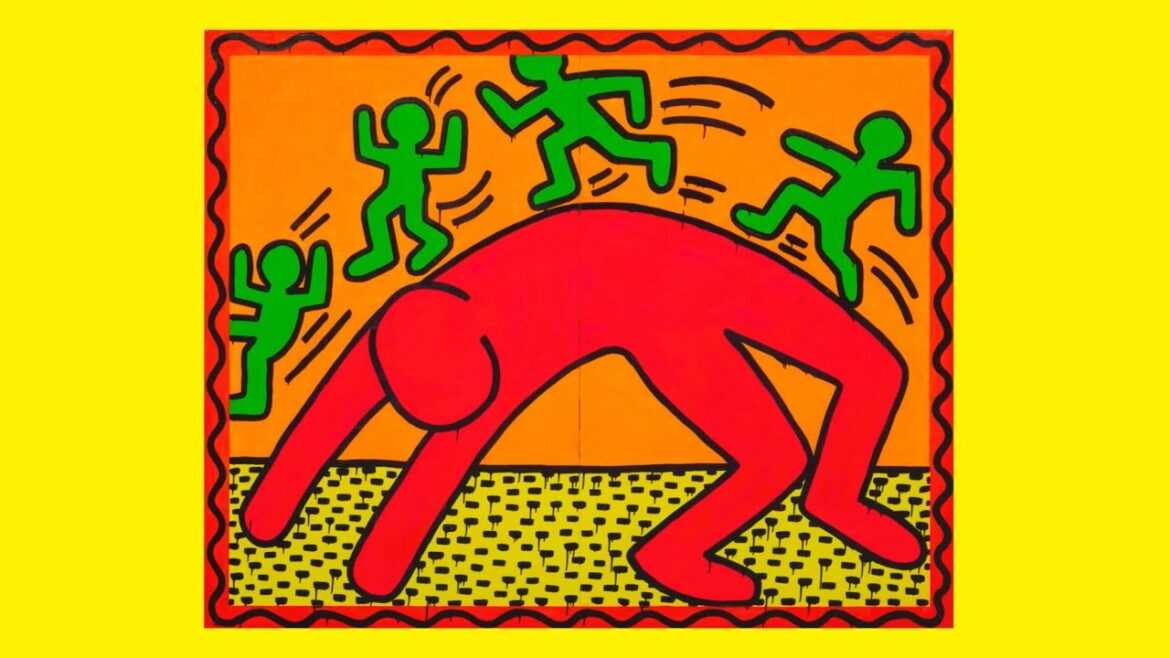Keith Haring, a name synonymous with vibrant and dynamic art, left an indelible mark on the world of contemporary art. With his unique and instantly recognizable style, Haring’s work continues to inspire and captivate audiences around the globe. The life and legacy of KEITH HARING art, celebrating the creative icon whose art transcends time and boundaries.
Early Life and Artistic Beginnings
Keith Haring was born on May 4, 1958, in Reading, Pennsylvania. From a young age, he displayed a keen interest in drawing, and KEITH HARING art journey began to take shape during his formative years. Haring’s early influences included the works of Walt Disney and Dr. Seuss, which contributed to his distinctive, playful style.
The New York City Experience
In 1978, Haring moved to New York City, a bustling hub of creativity and culture. It was in the vibrant streets of the city that he found his true calling as a graffiti artist. Haring’s iconic figures, often referred to as “radiant babies” and “barking dogs,” started to appear on subway walls and vacant advertising spaces, becoming part of the city’s visual landscape.
Pop Art and Social Activism
Haring’s art was not just visually appealing; it also carried profound messages. He used his work as a platform to address pressing social issues of his time, such as AIDS awareness and apartheid. His “Crack is Wack” mural, for instance, highlighted the dangers of drug addiction, while his “Apartheid Kills” poster drew attention to the injustices in South Africa.
The Pop Shop and Popularity Surge
In 1986, Haring opened the Pop Shop in New York City, a store that featured his art on various merchandise, making it accessible to a broader audience. This move blurred the lines between commercialism and art, a concept that challenged traditional art world norms. Haring’s art became not just something to admire but also something to wear and own.
International Recognition and Influence
Haring’s influence extended far beyond the borders of the United States. He held exhibitions in Europe, Asia, and South America, gaining international acclaim. His art resonated with people from diverse backgrounds, transcending language barriers and cultural divides.



